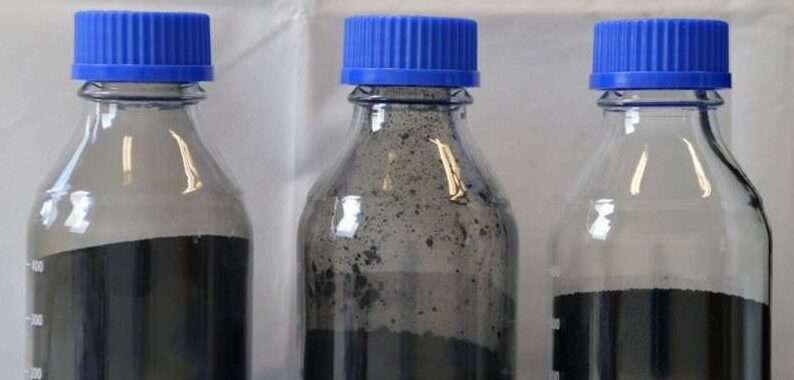At present, only a small percentage of carbon black contained in tires is recycled, with mineral ash making up around 20% of the tires’ content. However, the Fraunhofer Institute, working on behalf of Building Physics IBP, says it has developed a new process by which it can isolate almost all the ash, enabling the carbon black and minerals from the ash to be recycled and repurposed.
On average, 3kg of carbon black is found in a normal car tire, but to produce 1 ton of carbon black, around 1.5 tons of fossil resources and a large amount of water are required, with the whole process estimated to produce 3 tons of carbon dioxide.
“The recovered carbon black treated in this way is nearly free of mineral residues, allowing it to be used up to 100% for the sidewalls of tires, for example. In other words, there is no need to add any primary carbon black. It can therefore completely replace the original industrial materials,” commented Severin Seifert, group manager at Fraunhofer IBP.
If it is not demineralized, only 10% of recycled carbon black can be added to the primary material. Furthermore, the demineralization process generates high-grade industrial soot, and the recovered minerals with a high degree of purity and can also be reused for industrial applications.
Christian Kaiser, project manager at Fraunhofer IBP, explained how the company purifies the carbon black/ash mixture created during the pyrolysis process by employing a wet chemical method: “To put it simply: We place the (raw) carbon black/ash mixture together with various additives in a reactor, blend it with fluid and run a defined pressure and temperature curve. The individual substances are selectively extracted from the mixture.”
The demineralization process is highly complex; parameters and additives must be set in such a way that only one mineral, as homogeneous as possible, is extracted from the mixture at a time. Alongside this, temperature and pressure must remain at a moderate level. Fraunhofer IBP also states that it must not use too many additives to keep costs down. To do this, researchers recuperate a portion of the additives so that it can close the material cycle. Upon completion of the demineralization process, high purity recycled carbon black is produced, as well as colorants, silicates, and zinc salts.
A pilot plant with a reactor volume of 200 liters already exists and will be utilized for Fraunhofer IBP’s research over the next two years, with the goal of making recovered carbon black usable for other industrial applications. At present, the company is scaling-up the process for industrial use, with a production hall already built; it is estimated that the reactor volume for a single production line will reach 4,000 liters, equating to 2500 tons of recycled carbon black from the ash each year. Upon completion, the plant is expected to have an annual capacity of 30,000 tons.
“Our partners are now receiving more requests for samples than we can handle,” explained Kaiser. “Ultimately, the recovered carbon black refined in this way is a first credible and sustainable solution for replacing industrial soots.”



